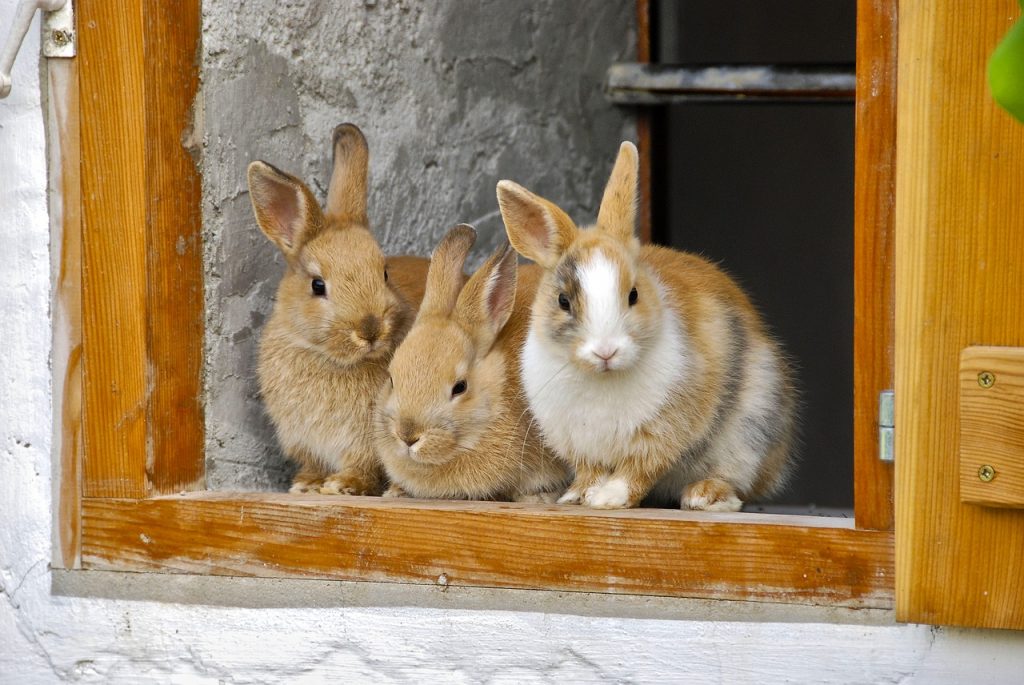
Hi everyone, this will be the last post of 2021 (I’ll be back on January 3rd), and it might be a little more personal and disjointed than other posts, apologies in advance. As the year ends, I try to find time to reflect back on what happened these past 12 months, and what lessons we could glean so that we can improve ourselves and our sector. But I am very tired. I don’t want to learn anything, except maybe that sweat pants and pajama bottoms should be perfectly acceptable to wear to the office from now on.
This year was hell. The last several years were hell. A weird, surreal sort of hell. Amidst this pandemic, I was going through a divorce while supporting loved ones dealing with addiction and various mental health challenges. Rifling through my brain brings random memories, one of me trying to figure out how to help my seven-year-old with his remote math assignment while his four-year-old brother was standing on our porch screaming at strangers, “You’re not wearing your masks! There’s coronavirus! Put your masks on!”
Continue reading →




